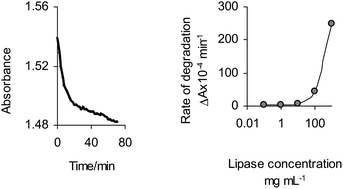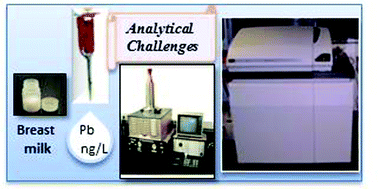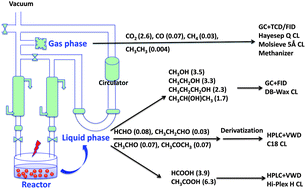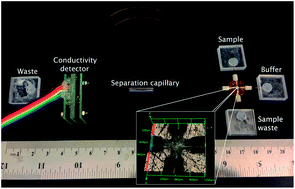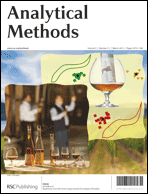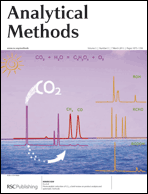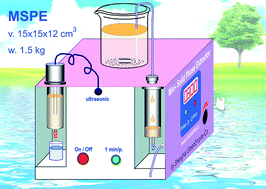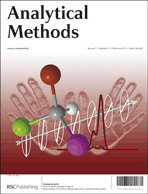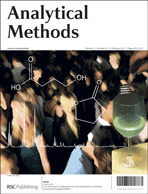
Berchtold et al., Analytical Methods, 2013, 5, 844-850
The fourth issue of Analytical Methods is NOW online!
Take a look at our great new cover and discover all about the research behind it. Renato Zenobi and colleagues from the Swiss Federal Institute of Technology in Zurich introduce a new methodology for detection of party drugs, also called “date rape drugs” or “liquid ecstasy”. γ-Hydroxybutyrate (GBH) and γ-butyrolactone (GBL) are compounds that can be easily added to drinks . They cause catalepsy and memory loss and are completely tasteless and odourless. Thus it is not possible to determine whether a drink has been adultered or not. In this paper, electrospray ionisation mass spectrometry is situ is described as an efficient way to detect these drugs in drinks and body fluids.
To know more about this research, please access the full article by clicking the link below:
In situ detection of γ-hydroxybutyrate and γ-butyrolactone in drinks by secondary electrospray ionization
Christian Berchtold , Stefan Schmid , Lukas Meier and Renato Zenobi
Anal. Methods, 2013,5, 844-850
DOI: 10.1039/C2AY26009C
Along with the cover of this issue, we also have a good list of HOT articles for you to enjoy.Have a read now!
Efficient total analyses for bromine type flame retardants by simple NICI-GC/MS
Atsushi Kobayashi , Takuya Kubo , Tomoyuki Sato , Yusuke Kitahara , Shinichiro Amita , Masahiro Mori , Shigeru Suzuki , Koji Otsuka and Ken Hosoya
Anal. Methods, 2013,5, 866-873
DOI: 10.1039/C2AY25983D
Non-invasive detection of biomechanical and biochemical responses of human lung cells to short time chemotherapy exposure using AFM and confocal Raman spectroscopy
Lifu Xiao , Mingjie Tang , Qifei Li and Anhong Zhou
Anal. Methods, 2013,5, 874-879
DOI: 10.1039/C2AY25951F
A novel detection of nitrite, iodate and bromate based on a luminescent polyoxometalate
Bin Wang , Rui-Qi Meng , Ling-Xiao Xu , Li-Xin Wu and Li-Hua Bi
Anal. Methods, 2013,5, 885-890
DOI: 10.1039/C2AY26217G
Combining enzymatic 18O-labeling and 2-D LC-MS/MS for a study of protein interactions in primary T cells
Diana Lang , Sabine Anker , Benno Kuropka and Eberhard Krause
Anal. Methods, 2013,5, 1058-1061
DOI: 10.1039/C2AY26298C
Electroanalytical sensing of selenium(IV) utilising screen printed graphite macro electrodes
Athanasios V. Kolliopoulos , Jonathan P. Metters and Craig E. Banks
Anal. Methods, 2013,5, 851-856
DOI: 10.1039/C2AY26041G
Expeditious identification and semi-quantification of Panax ginseng using near infrared spectral fingerprints and multivariate analysis
J. Ricardo Lucio-Gutiérrez , J. Coello and S. Maspoch
Anal. Methods, 2013,5, 857-865
DOI: 10.1039/C2AY26235E
Efficient total analyses for bromine type flame retardants by simple NICI-GC/MS
Atsushi Kobayashi , Takuya Kubo , Tomoyuki Sato , Yusuke Kitahara , Shinichiro Amita , Masahiro Mori , Shigeru Suzuki , Koji Otsuka and Ken Hosoya
Anal. Methods, 2013,5, 866-873
DOI: 10.1039/C2AY25983D
Comments Off on Analytical Methods Issue 4 now online!
